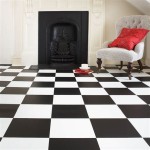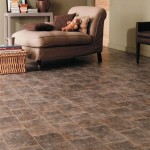Hardwood floor finishing is a great way to add a classic look to any space. Besides adding aesthetic value, it also adds protection from wear and tear. It helps to extend the life of your hardwood floor and keep its beauty for years to come. In this article, we will discuss the different types of finishes available, how to select the right finish for your hardwood floor, and what to expect during the finishing process.
Types of Hardwood Floor Finishes
There are several types of hardwood floor finishes available. These include oil-based polyurethane, water-based polyurethane, and wax. Each type of finish provides different protection and has its own unique pros and cons.
- Oil-based Polyurethane – This finish provides the strongest protection and is durable. It also offers a glossy sheen that helps to make your hardwood floor look its best. One downside is that it takes longer to apply and can be difficult to clean up.
- Water-based Polyurethane – This type of finish is easier to apply and is a bit more forgiving if mistakes are made. It also has a much lower odor and is less toxic than oil-based finishes. The downside is that it does not provide as much protection and may require more frequent reapplication.
- Wax – Wax is the least protective finish option and also the least durable. It does, however, provide a beautiful sheen and is easy to apply. It is also relatively easy to repair and touch up.
How to Select the Right Finish for Your Hardwood Floor
When selecting a finish for your hardwood floor, you should consider factors such as the amount of traffic in the space, the type of wood being used, and the desired look. For example, if you have high traffic areas, an oil-based polyurethane may be the best option as it will provide the most protection. If you have a light-colored wood, a wax finish may be a good choice for a more natural look.
The Finishing Process
The hardwood floor finishing process usually consists of several steps, including sanding, staining, and applying the finish. The sanding step is important as it removes imperfections and creates a smooth surface for the finish to adhere to. After sanding, the wood may be stained to add a desired color. Once the stain is dry, the finish is applied and allowed to dry for several hours.
Tips for a Successful Finish
When applying the finish, it is important to follow the manufacturer’s instructions. The finish should be applied in thin coats and allowed to dry completely between coats. It is also important to use a high-quality brush and to wipe off any excess finish immediately. Finally, the room should be well-ventilated to avoid any health risks associated with the fumes.
Conclusion
Hardwood floor finishing is a great way to add a classic look to any space. With the right finish, you can protect your hardwood floor and extend its life. There are several types of finishes available, each with its own pros and cons. When selecting a finish, consider factors such as the amount of traffic in the space, the type of wood being used, and the desired look. Finally, the finishing process should be done carefully, following the manufacturer’s instructions, for the best results.















Related Posts








